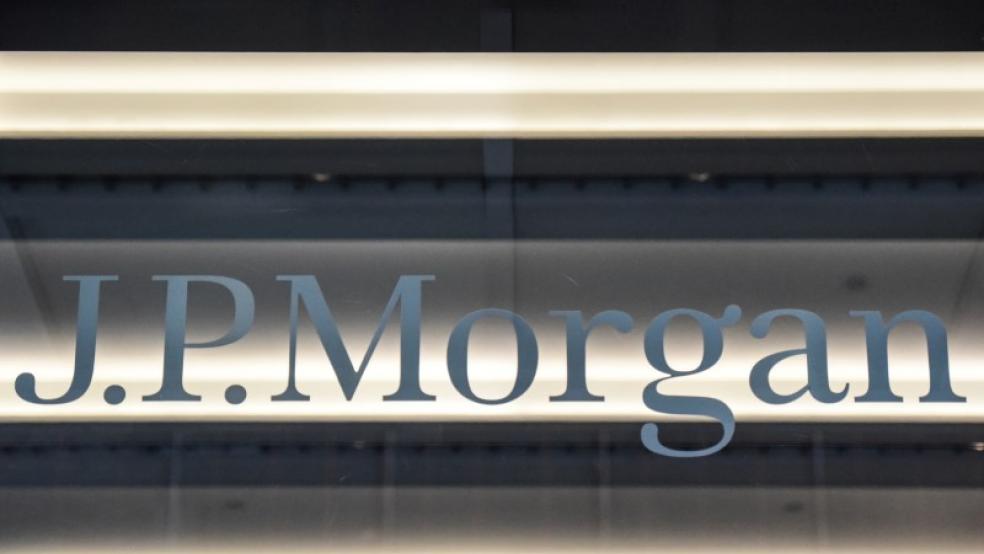The New York State Supreme Court on Tuesday ruled on a major lawsuit by two insurance companies against JPMorgan Chase, agreeing that the bank violated investment agreements by making reckless purchases of subprime mortgages, causing losses of more than $1 billion.
In her ruling, judge Salliann Scarpulla said JPMorgan breached its investment agreements with the insurers — Ireland-based Ballantyne Re and Orkney Re II — but that the question of gross negligence remains unresolved. Therefore, she called for a trial, starting March 13, in which the plaintiffs will have to prove the bank acted with “intentional wrongdoing or reckless indifference” in order to receive damages.
The decision is the latest stain on JPMorgan, the largest U.S. bank, which has been hit with record-breaking fines for mismanagement and misleading investors, among other offenses, in the wake of the housing market collapse in 2008. It also serves as a timely reminder that the fallout from the financial crisis continues a decade later, yet it comes at a time when the Trump administration is looking to roll back some of the Dodd-Frank regulatory reforms that sought to rein in risky activity by large, systemically important banks.
Related: Overhauling Dodd-Frank May Not Succeed, but Also May Not Matter
In the suit filed on behalf of Ballantyne and Orkney, the judge agreed with the companies’ assertion that the bank ignored guidelines to invest no more than 50 percent of funds in risky subprime mortgage securities. In Ballantyne’s case, the bank invested as much as 90 percent of its funds in subprime and “alt-a” (between subprime and prime) securities. In Orkney’s, the total reached 77 percent.
“Basically they built a house of cards,” said a source close to the case. “If you’re wrong, the consequences are devastating.”
In the court document, JPMorgan denies it committed gross negligence, asserting among other factors, that the insurers did not object to the investments it made on their behalf for a period of 90 days, thereby waiving the right to legal recourse.
Related: Trump Takes Aim at America's Consumer Watchdog
The current suit largely mirrors a July 2015 case in which JPMorgan paid $388 million to the Fort Worth Employees' Retirement Fund and other investors who accused the bank of misleading them about the quality of mortgages underlying securities it issued in 2007. JPMorgan settled the suit without admitting wrongdoing.
Critics of the bank say these and other cases belie the conventional storyline that surrounded JPMorgan in the wake of the crisis, which held that CEO Jamie Dimon had the foresight to shed investments in the mortgage-backed securities market when most of his competitors did not. In this “last bank standing” version, Dimon came to the rescue of the banking system, buying a faltering Bear Stearns and the remains of Washington Mutual after the largest U.S. thrift failed.
But while JPMorgan was wisely unloading its exposed position to subprime mortgages, the manager in charge of the Ballantyne and Orkney accounts was staying the course in the subprime market. The plaintiffs in the lawsuit and other critics say JPMorgan applied its foresight selectively, protecting its own investments more than those of its clients. They say failures of execution at the mid-level were validated by an absence of oversight at the top.
Related: Why JPMorgan’s Risk Management Failed
“This case [Ballantyne and Orkney] presents a situation where, as it typically does, JPMorgan Chase put its own interests ahead of the interests of its customers,” said Helen Davis Chaitman, a New York trial attorney and co-author of J.P. Madoff: The Unholy Alliance between America's Biggest Bank and America's Biggest Crook.
All told, JPMorgan was fined more than $35 billion from 2011 to 2014, nearly all of it tied to the financial crisis and the company’s promotion and use of mortgage-backed securities, according to Dividend.com. In November 2013, the bank settled two major claims for selling bad mortgage securities between 2005 and 2008. In the first it paid $4.5 billion to settle claims by a group of institutional investors. Later that month, it agreed to a $13 billion settlement with the Justice Department — the largest government such fine against a single U.S. firm — to resolve claims related to the sale of mortgage-backed securities by the bank itself as well as Bear Stearns and Washington Mutual.
Related: JPMorgan to Pay Lehman $797.5 Million to End Litigation Over Collapse
The agreement included a statement of facts in which the bank admitted that the mortgage-backed securities it sold did not comply with underwriting guidelines and were not fit for sale. Nevertheless, Dimon did not admit to a violation of law and JPMorgan asserted that much of the improper conduct occurred at Bear Stearns and Washington Mutual.
Despite those fines and the public relations battering it took from a slew of lawsuits, the bank’s profits have risen, as has its stock.
Now, with the Trump administration looking to undo banking regulations in the Dodd-Frank Act, Chaitman, the lawyer, says it will be up to the courts to eliminate incentives for the kind of behavior that led to the financial meltdown in the first place.
“Hopefully,” she says, “honest hard-working Americans will find protection from judges who understand the importance of enforcing the law.”
Braden Phillips is a freelance journalist who has covered business and other subjects for many newspapers over the last 25 years.\





